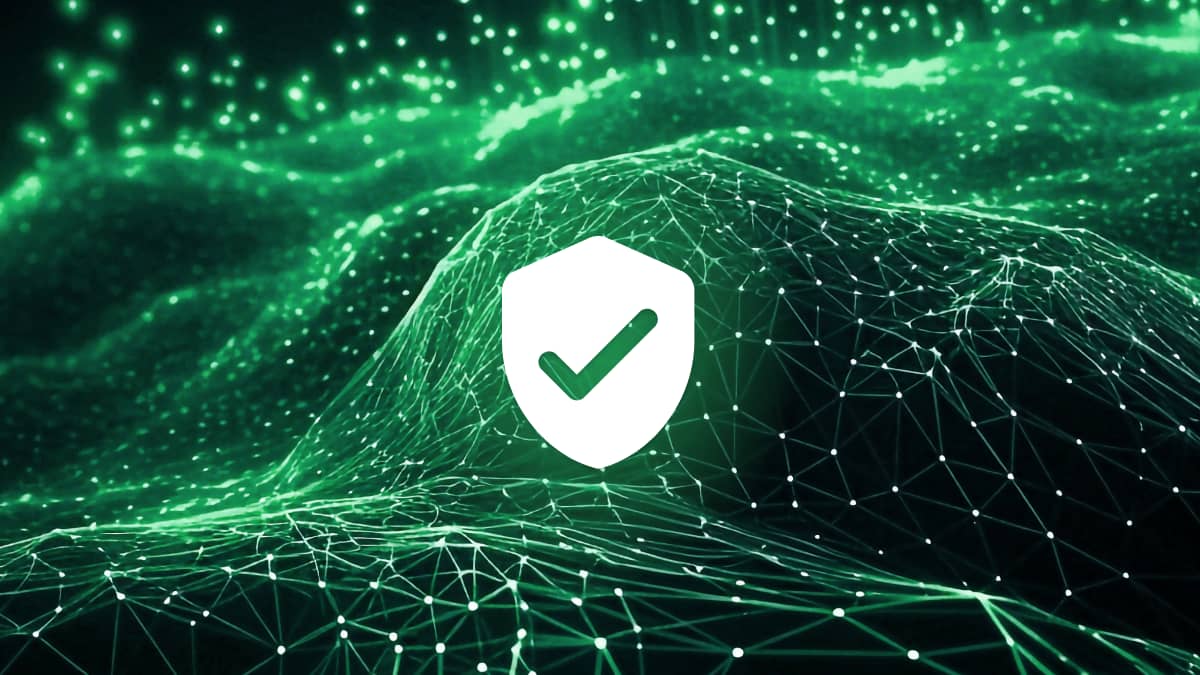We all know that cloud apps like Slack, Teams and Google Workspace are the backbone of modern business. But they’re also a huge risk to compliance and security.
Research shows that the average company has a $28 million data breach risk because of exposed data in SaaS environments. Risks like data leakage, compromised credentials and misconfigurations are all huge threats security administrators must contend with.
In response to these challenges, SaaS Security Posture Management (SSPM) has arisen as a potential solution. But is it all it’s hyped up to be? Here’s what you need to know.
What is security posture management?
Before we explore SSPM, let’s quickly define an integral phrase: security posture management. Your security posture is your organization’s level of cybersecurity resilience: how capable you are of discovering, responding and remediating security threats.
Your overall security posture accounts for your organization’s ability to deal with cybersecurity threats across your company, including the network, physical office spaces, devices, the cloud and users.
Security posture management enables you to build a low risk profile, meaning your company is well shored up against today’s threats, you have deep visibility into your infrastructure and you meet relevant compliance standards – and can prove it too.
What is SaaS Security Posture Management (SSPM)?
Now that we understand security posture management broadly, we can focus on SSPM, which is all about reducing risks in the SaaS apps your employees use every day. These tools plug directly into your various SaaS app interfaces, with the aim of reducing the likelihood of misconfigurations in your SaaS apps in line with compliance mandates.
A good SSPM tool will alert the security team to a misconfiguration or, better still, auto-remediate it to help your organization maintain compliance.
How does SSPM work?
SSPM works by using data analytics and automation to autonomously scan your SaaS apps for things like:
Misconfigurations: SSPM solutions identify configuration errors that could leave sensitive information exposed to the public.
User permissions: These tools check user permissions within SaaS, flagging inactive accounts and excessive permissions to administrators.
Compliance: Based on regulations like HIPAA and GDPR, SSPM identifies any user permissions or configurations that could put your company at odds with compliance obligations.
What are the benefits of SSPM?
SSPM tools undoubtedly go some way to improve organization’s SaaS maturity, helping admins to correctly configure the myriad of applications they use without the need for much manual intervention. As a result, SSPM helps organizations to:
Safeguards against misconfigurations
Misconfigurations are a huge problem in the cloud, highlighted by a poignant prediction from Gartner that, by 2025, 99% of cloud security failures will be the customer’s fault. While not all of these failures will be the result of misconfigurations – insider threats and credentials compromise and also play a pivotal role – many are.
SSPM can help a lot here, bringing high-level visibility to misconfigurations within organization’s SaaS apps, and rectifying them autonomously.
Strengthens authorized use settings
Employees need different levels of access to an application depending on their roles and responsibilities. Based on approved permissions, SPPM tools can monitor to make sure users permissions are as they should be, and highlight any discrepancies for admins to take a closer look.
Streamlines compliance
In identifying misconfigurations and excess permissions, SSPM brings organizations more in line with compliance frameworks.
What are the drawbacks of SSPM?
For its several benefits, SSPM is definitely not the holy grail of cloud app security. Common challenges we see among organizations that have adopted these tools:
Complex to manage: SSPM plugs directly into your different cloud apps’ admin portals. It doesn’t unify or simplify app management at a strategic level. It’s more of a tactical way to spot misconfigurations in individual applications.
Compliance doesn’t cover everything: SSPM uses compliance policies to identify and remediate configurations but this inherently leaves security gaps when it comes to information like intellectual property.
The dynamic nature of SaaS: SaaS apps are easily customized and app vendors tend to release updates at a rapid pace. Against this backdrop, it’s hard for SSPM tools to keep up, leading to a phenomenon known as ‘configuration drift’, where admins are constantly chasing their tails trying to keep up with misconfiguration errors across disparate applications.
Is SSPM enough?
Depending on the solution you go for, SSPM could be a nice to have in your SaaS security stack. But, if you have a limited budget and want to really improve data security, you’re better off going for a solution like cloud data loss prevention (DLP).
Here’s the thing. SSPM offers broad, high-level support for improving SaaS security, but it doesn’t go deep enough. It doesn’t reach the data level or enforce zero trust. These are the most glaring flaws of SSPM.
In today’s environment, data-centric security is paramount to protecting your organization from theft, leakage and meeting compliance obligations. SSPM is just another attempt to create castle walls around sensitive information. Cloud DLP is like having a personal security guard for each sensitive data element.
In our next article, we’ll explore the differences between SSPM and cloud DLP in more detail. Meanwhile, if you’re curious about the data security risks in your cloud apps, try our free risk scan.










